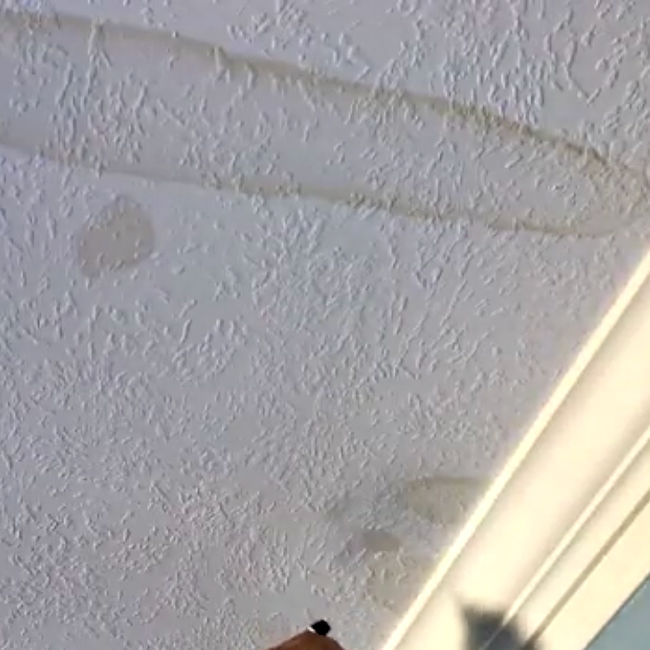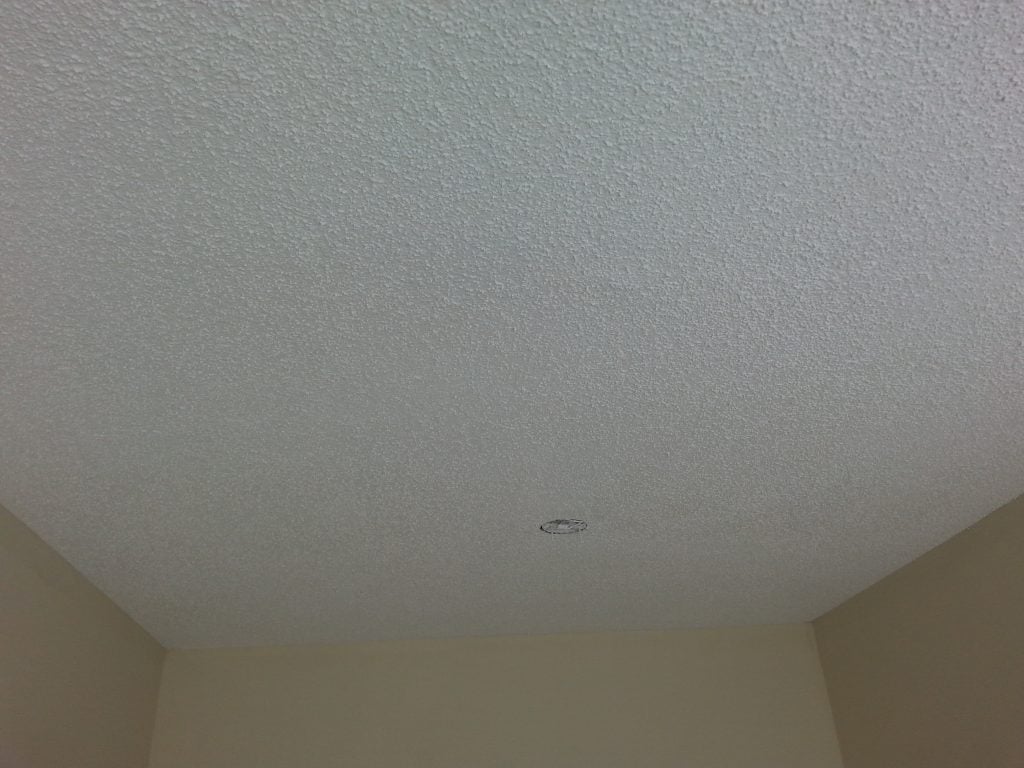Locating and Solving Stains from Water on Wall Surfaces
Locating and Solving Stains from Water on Wall Surfaces
Blog Article
Do you find yourself searching for facts and techniques about Indicators of Water Damage Behind Walls?

Water discolorations on wall surfaces are not positive to the eyes. Occasionally it appears virtually inevitable to experience water discolorations on wall surfaces in residences.
Property owners living in damp areas continuously deal with the fear of water discolorations on walls. With exact as well as all-around details on the reasons of water discolorations and also punctual repair service procedures, you will constantly be a step ahead of such events.
3 Usual Sources Of Water Stains on Wall Surfaces
Unlike common belief, water stains on walls do not always come from inadequate building products. There are several causes of water stains on wall surfaces. These include:
Damp
When hot wet air consults with dry chilly air, it creates water beads to base on the wall surfaces of buildings. This takes place in washrooms as well as kitchen areas when there is vapor from food preparation or showers. The water droplets can stain the bordering walls in these parts of your residence and infect other locations.
Damp or condensation impacts the roof covering and wall surfaces of structures. This causes them to show up darker than other locations of the home. When the wall is wet, it develops a suitable setting for the growth of microorganisms and also fungi. These might have adverse results on wellness, such as allergic reactions and respiratory system disorders.
Poor Water drainage
When making a building plan, it is essential to ensure sufficient water drainage. This will certainly protect against water from seeping right into the wall surfaces. Where the water drainage system is obstructed or missing, underground moisture accumulates. This web links to excessive wetness that you notice on the walls of your building.
So, the leading source of damp walls, in this instance, can be a bad water drainage system. It can additionally be because of poor management of sewage pipes that go through the structure.
Pipe Leaks
Most residences have a network of water pipes within the walls. This guarantees that the pipes are faraway from the reach of destructive rats. It constantly enhances the practicality of such pipes, as there is little oxygen within the wall surfaces. This prevents rust.
Yet, a drawback to this is that water leakage influences the wall surfaces of the building and also causes prevalent damage. An indication of faulty pipelines is the appearance of a water stain on the wall surface.
Pro Idea
A houseplant in your home also enhances its moisture. If the house is already humid, you may desire to present houseplants with very little transpiration. An instance of appropriate houseplants is succulents.
Water Discolorations on Wall Surface: Repair Tips
When dealing with water stains, property owners would normally desire a fast repair. Yet, they would certainly soon recognize this is disadvantageous as the water stains reoccur. Here are a couple of handy suggestions that will certainly lead you in the repair of water spots on wall surfaces:
Verdict
Although no one wants to have water stains on walls in their home, it can happen to the best of us. This post provides you leverage, as you currently recognize exactly how to manage this accident if it does happen.
It is always best to recruit professional solutions to aid repair the damages in your home.
Sometimes it seems virtually unavoidable to experience water stains on wall surfaces in residences.
In contrast to preferred idea, water stains on walls do not always stem from inadequate structure materials. There are several reasons of water discolorations on wall surfaces. The water droplets can stain the bordering wall surfaces in these parts of your residence and also spread to various other areas.
Here are a couple of practical suggestions that will certainly guide you in the repair of water spots on walls:
CHECKING FOR WATER DAMAGE
Water damage can be costly, and it may begin before you even notice the first signs of trouble. Water damage can cause mold and mildew in your walls and floors, which can create an abundance of health concerns for your family. It can also lead to costly repairs of various appliances and general home fixtures. To avoid the pricey consequences of water damage, here are Warner Service’s top 5 places you should check:
The walls – The easiest place to spot the beginnings of water damage is on the walls and ceilings of your home. If water damage is present, there will most likely be water stains, especially around the windows and doorframes, and/or cracks in the drywall. If a stain looks unusual (discolored to brown, black or gray, raised texture), has a swollen appearance or is soft to the touch, contact a professional immediately. The pipes – To avoid water damage, consistently check the pipes in your kitchen (especially the dishwasher and ice maker), bathrooms, laundry room (specifically washing machines) and basement for corrosion, leaks and water stains. Pay special attention to where the pipes connect in your home and the location of caulking around the bathroom fixtures, including toilets, sinks, showers and tubs. Missing or loose caulking and grout could be signs of leaking water. This seepage can also quickly cause mold and rust, so double check your water heater and tank for wet spots on the floor. The floor – Water damage is very easy to spot on the floor. Look for any warping or buckling of the material, especially in the basement. If your home has wood flooring, look for bright white or dark stains. If your home has carpeting, keep it dry and clean. A damp carpet that smells of mold could cause water damage and health problems. To avoid this, consider installing floor pans under your appliances to help prevent damages from small, slow and undetected leaks. The basement and attic – If your basement or attic smells odd check for mold and mildew around the area, especially the valley where the roof meets. While you are inspecting those areas, check for wall cracks, floor stains, rust and dampness in the insulation. If you live in a colder and/or rainier climate, perform routine checks for water damage from melting snow or ice and rain. The exterior – Check the roof for damaged flashing and missing, cracked or curled shingles. There should also be no standing water anywhere outside your home. This could be caused by puddles, leaky rain gutters or hoses, poor drainage, or short gutter spouts. Invest in a sump pump system or water flow monitoring system, and perform routine maintenance on these outdoor appliances to avoid indoor water damage.

We were shown that article on Indicators of Water Damage Behind Walls from a friend on our other web page. Sharing is caring. Helping people is fun. Thanks a lot for your time. Kindly pay a visit to our site back soon.
Superior service awaits. Report this page